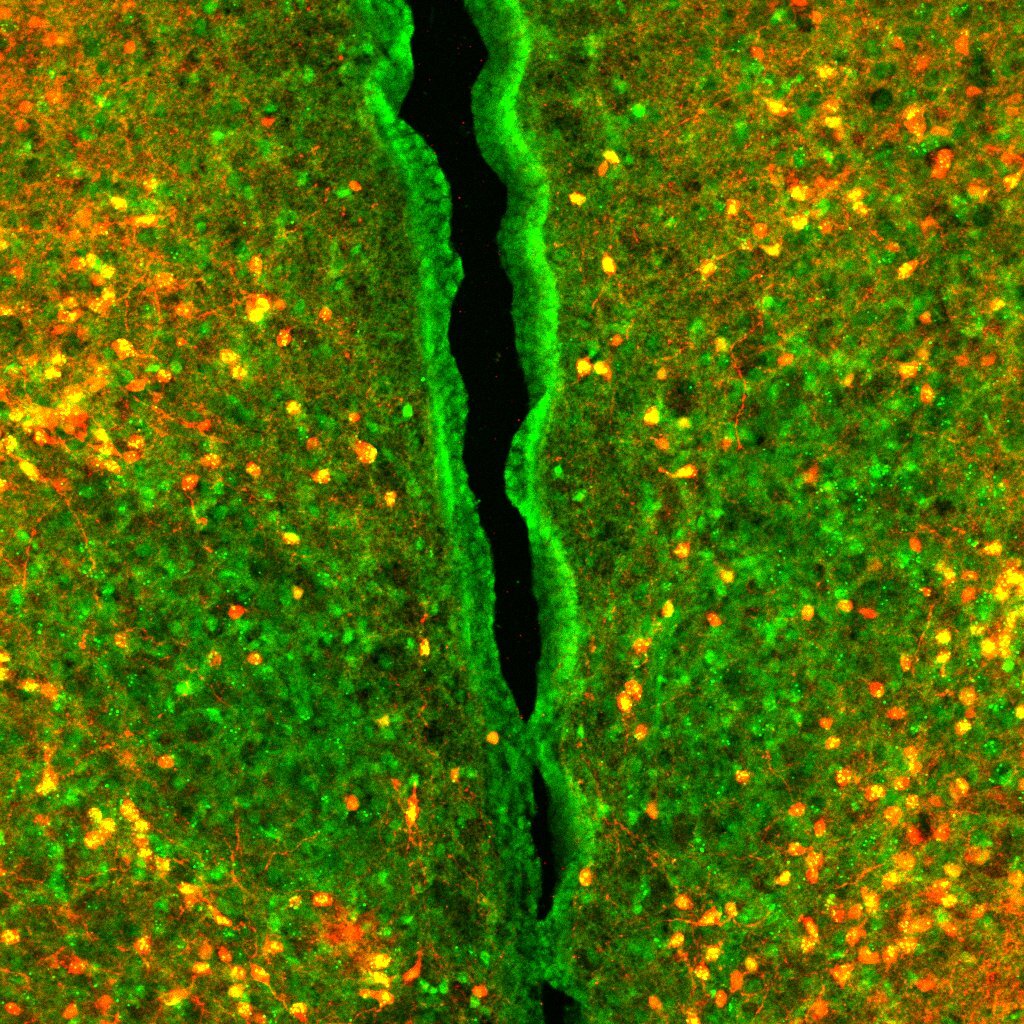We've developed a unique mouse behavioral assay to investigate caloric nutrient sensing, utilizing sophisticated animal models to uncover the neural circuits influenced by cutting-edge Glp1-R agonist weight-loss drugs. Through these methods, we explore food preferences within the energy density spectrum, pinpointing the specific neuronal circuits impacted by Glp1-R small molecule agonists. Our comprehensive approach involves advanced behavioral and physiological phenotyping, enabling us to discern neuronal circuits activated by the need to eat versus the desire to eat. Notably, when examining mice raised on energy-enriched diets with diverse macronutrient calorie sources, we observed suboptimal performance in our tests. This outcome underscores the detrimental impact of prolonged consumption of specific sugars and fats on calorie sensing. Importantly, our findings highlight the reversible nature of this impairment, demonstrating that exercise and calorie restriction can effectively restore normal calorie sensing function. This breakthrough enhances our understanding of caloric nutrient sensing while offering valuable insights into interventions to mitigate the adverse effects of particular dietary patterns on metabolic health. In essence, our research not only delves into mice behavior and drug effects but also sheds light on how diets can disrupt our ability to gauge fullness and how lifestyle changes might help.
GLP-1 increases preingestive satiation via hypothalamic circuits in mice and humans KS Kim, JS Park, E Hwang, MJ Park, HY Shin, YH Lee, KM Kim, L Gautron, ... Science, eadj2537
Molecular connectomics reveals a glucagon-like peptide 1 sensitive neural circuit for satiety AN Webster, JJ Becker, C Li, DC Schwalbe, D Kerspern, EO Karolczak, ... bioRxiv, 2023.10. 31.564990
